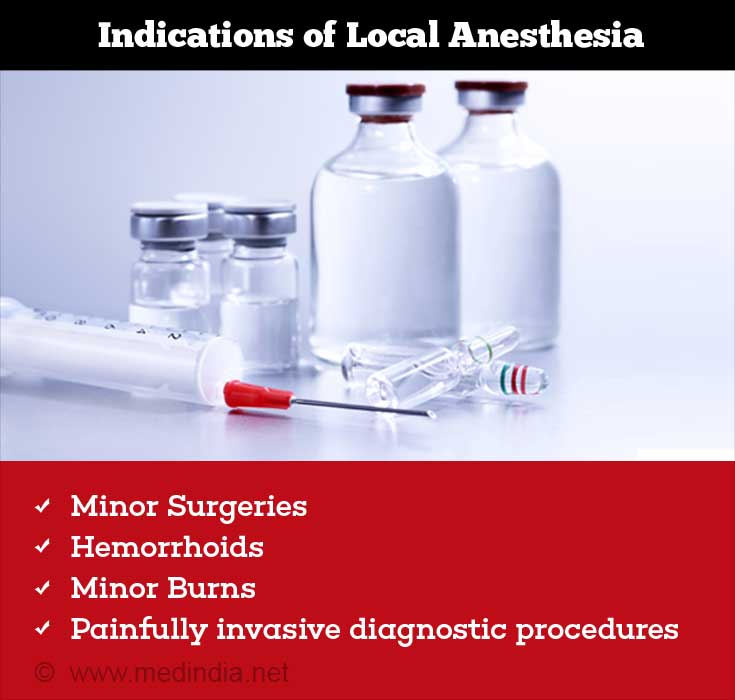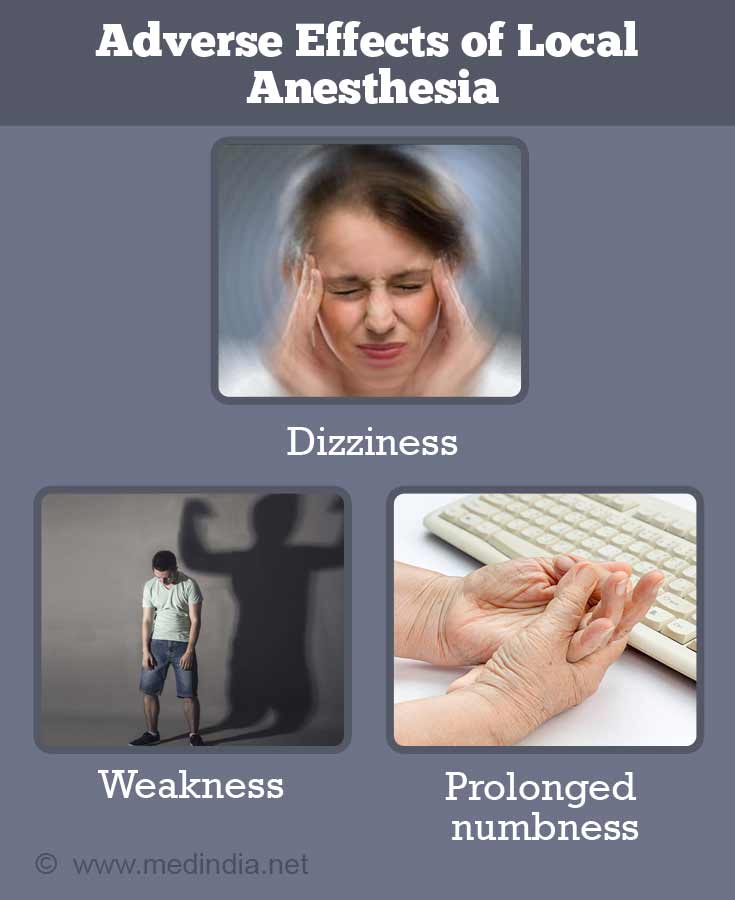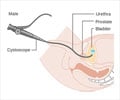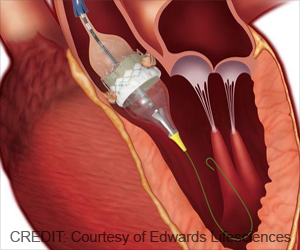- Local Anesthesia - (https://en.wikipedia.org/wiki/Local_anesthesia)
- Local Anesthetics: Review of Pharmacological Considerations - (https://www.ncbi.nlm.nih.gov/pmc/articles/PMC3403589/)
- How to Make Local Anesthesia Less Painful - (https://www.ncbi.nlm.nih.gov/pmc/articles/pmc2840881/)
- Essentials of Local Anesthetic Pharmacology - (https://www.ncbi.nlm.nih.gov/pmc/articles/PMC1693664/)
- Use of Local Anesthesia for Pediatric Dental Patients - (https://www.aapd.org/globalassets/media/policies_guidelines/bp_localanesthesia.pdf)
- NCI Dictionary of Cancer Terms - (https://www.cancer.gov/publications/dictionaries/cancer-terms/def/local-anesthesia?redirect=true)
- Local Anesthetic - (https://en.wikipedia.org/wiki/Local_anesthetic)
What is Local Anesthesia?
Local anesthesia, simply means injecting the local anesthetic ("freezing") around the nerve of the affected area to make it pain free. Technically speaking, local anesthetics are drugs that block sensory and motor nerve impulse conduction, mainly to produce temporary loss of sensation without loss of consciousness.(1✔ ✔Trusted Source
NCI Dictionary of Cancer Terms
Go to source)
The loss of sensation is usually restricted to the area where the injection is applied while other areas of the body are not affected. Local anesthetics are readily absorbed through mucous membranes and damaged skin. For certain procedures, addition of adrenaline along with the anesthetic drug can be used to prolong the duration of local anesthesia.
Local anesthetics can be applied close to the nerve of any part of the body, namely, a finger, an eyelid, the foot or a tooth that requires an operation without other areas getting anesthetized. It can be applied to the mouth, nose or any area lined by mucous membrane in the form of a spray, or gel or by means of an injection; operations can then be performed on the affected part while the patient remains conscious.(2✔ ✔Trusted Source
Local Anesthesia
Go to source, 3✔ ✔Trusted Source
Local Anesthetics: Review of Pharmacological Considerations
Go to source)
What are some of the Local Anesthetic Drugs?
Lignocaine (Lidocaine): It is a commonly used local anesthetic drug. After administration, it has a rapid onset of action within 3 minutes. When combined with adrenaline, the duration can be extended up to 1 or 2 hours.
Bupivacaine : It is a potent local anesthetic and takes up to 30 minutes for full effect and has a longer duration of action.(4✔ ✔Trusted Source
Essentials of Local Anesthetic Pharmacology
Go to source)
What are the Indications for Local Anesthesia?
Local anesthetics can be used alone or in combination with other types of anesthetic agents such as spinal or epidural anesthetics.
- Local anesthesia is given to reduce the stress associated with surgery, and to provide pain relief after surgery.
- More commonly, it is used for pain caused by hemorrhoids, fissures, insect bites, and minor burns. It is applied topically for these conditions.
- It is also indicated for vaginal, rectal and otological examinations, cystoscopy, and catheterization.

What are the Advantages of using Local Anesthesia?
Local anesthesia avoids some of the risks and unpleasantness associated with other forms of anesthesia, such as nausea and vomiting.
The anesthetic action extends for longer than required and therefore provides pain relief for several hours after the operation.
Local anesthesia is associated with reduced blood loss.
It gives the patient a sense of being more "in control" as they are awake during the procedure.
The patient returns to normal eating, walking and other activities faster than in general anesthesia. He may even be able to return home the same day following the surgery.(5✔ ✔Trusted Source
Use of Local Anesthesia for Pediatric Dental Patients
Go to source)
What are the Adverse Effects of Local Anesthesia?
It is very important to be alert following local anesthesia because adverse symptoms may occur quickly without any warning.
- Convulsions, tremors, dizziness, blurred vision, nervousness, nausea
- Cardiovascular collapse and cardiac arrest may also occur in some cases
- Paralysis of the injected area(6✔ ✔Trusted Source
Local Anesthetic
Go to source)

What are the Contraindications for Local Anesthesia?
Local anesthetics are contraindicated if there is a history of previous hypersensitivity to local anaesthetic, sunscreens, sulpha drugs or hair dyes.
Other contraindications would depend on the specific local anesthetic used.
Are Local Anesthetics Painful when Administered?
Most local administration techniques involve using a syringe and a needle to inject drugs into the correct place. The technique can be slightly uncomfortable, accompanied by a stinging sensation. But there is no reason to worry, as the pain associated with the administration is more bearable than the injury itself.(7✔ ✔Trusted Source
How to Make Local Anesthesia Less Painful
Go to source)
Do Local Anesthetics have Good Efficacies?
When the right amount of the local anesthetic drug is injected into the affected area, it will eventually work and provide good pain relief.
What Can be Done If I Still Experience Pain after being Administered a Local Anesthetic?
More amount of anesthetic can be added in order to achieve the desired result.
Some sedative can be given to ensure better relaxation and comfort.
Other forms of anesthesia can be considered in some cases.











